According to the latest news from The Indian Express (India), the Indian Space Research Organization (ISRO) said that the final deceleration of the Chandrayaan-3 lander module has reduced its orbit to 25x134 km around the Moon.
The descent phase to prepare for the landing will begin at 5:45 p.m. on August 23 (Indian time). The descent will follow 7 main phases: Initial preparation phase - Deceleration - Change of direction - Altitude holding - Braking - Final descent - Touch down.
The key technical maneuver that Chandrayaan-3's Vikram lander will have to perform on August 23 as it enters the final 15 minutes of its soft landing attempt on the Moon will be to switch its high-speed horizontal position to a vertical position - to facilitate a soft landing on the lunar surface.
These final 15 minutes will determine the success or failure of the mission. In July 2019, after the Indian Space Research Organisation (ISRO) aborted its first attempt to launch the Chandrayaan-2 mission, K. Sivan, then chairman of ISRO, described the period as “15 minutes of terror”.
Dr Sivan's description captured the essence of the complexity in the final phase of the lunar landing mission - the phase in which Chandrayaan-2 failed after the Vikram lander (of Chandrayaan-2) failed to transition properly from horizontal to vertical position and crashed into the lunar surface as it entered the "braking phase" at 7.42 km above the lunar surface.
"The crucial moments in the last 15 minutes before landing are packed with complex technical maneuvers, intense calculations. All are devoted to a successful landing to explore the mysteries of the Moon," said Manish Purohit, a former ISRO scientist who was involved in the Chandrayaan-2 and Mangalyaan projects.
After Chandrayaan-3's Vikram lander and Pragyan rover land on the Moon, images captured by the spacecraft's cameras will be shared with Earth.
How did the 15 minutes of terror unfold?
The descent phase is the final phase of the Chandrayaan-3 mission and it is during this phase that the most important operations will be carried out.
In the initial preparation phase, the Vikram lander will fly 25 to 30 km above the lunar surface and travel at a horizontal speed of about 1,600 meters per second, said Manish Purohit.
The next phase, which is the deceleration phase, will last 690 seconds and the thrusters will be activated to reduce Vikram's velocity to one-quarter of its initial speed.
With this controlled deceleration and the help of the Moon's gravity, the Vikram lander will begin its vertical descent at a speed of about 60 meters per second.
The descent phase to prepare for the landing will begin at 5:45 p.m. on August 23 (Indian time). Photo: ISRO
The orientation change phase will occur simultaneously with the deceleration phase. During the orientation change phase, the lander will rotate slightly and a critical correction will be performed at 7.5 km above the ground.
Next comes the altitude hold phase. This is a “sensitive” phase that will last 10 seconds. The Vikram spacecraft will check the terrain and confirm the landing site, in order to avoid the problems that caused the Chandrayaan-2 mission’s Vikram lander to crash into the Moon.
During the critical braking phase, Vikram will be aligned vertically and will hover at an altitude of 800 to 1,300 meters above the landing site.
Cameras and sensors will be activated, computers on the lander will process the information and decisions about landing will be made.
The final descent phase is where the Vikram lander will hover about 150 meters above the lunar surface. A “Go/No-Go” check from the hazard detection camera will guide the final decision.
If all goes well, Vikram will decide to land in 73 seconds - marking its historic touchdown on the lunar south pole.
After the Vikram lander successfully touches down at the south pole, sensors will signal the onboard computer. The lander will then be fully powered up and Vikram will open the Pragyan rover's ramp so it can begin its journey across the Moon.
The enhanced communication network, supported by the Chandrayaan-2 orbiter, Chandrayaan-3 propulsion module and ISRO's deep space network antenna, will allow images captured by cameras onboard Vikram and Pragyan to be shared with Earth and other data to be transmitted to mission control.
If Vikram passes the "15 minutes of terror" test - meaning the landing is successful - India will become the fourth country to send a spacecraft to the Moon, and the first in history to touch down on the dark south pole of the Moon (previous missions have all been in the bright orbit of the Moon).
Source: The Indian Express, News.abplive.com
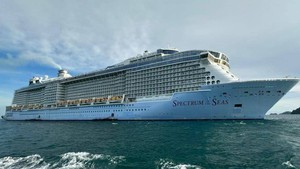
Source


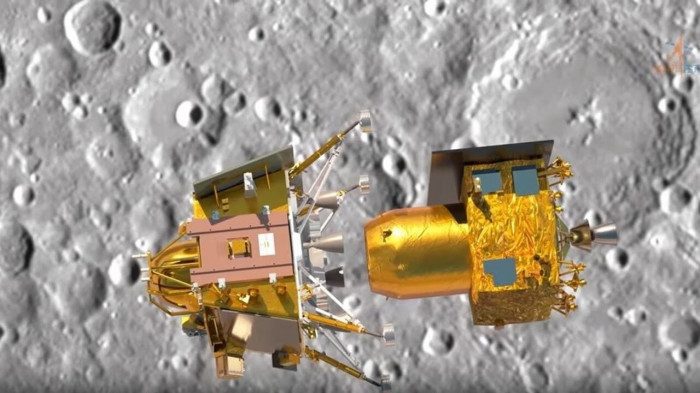

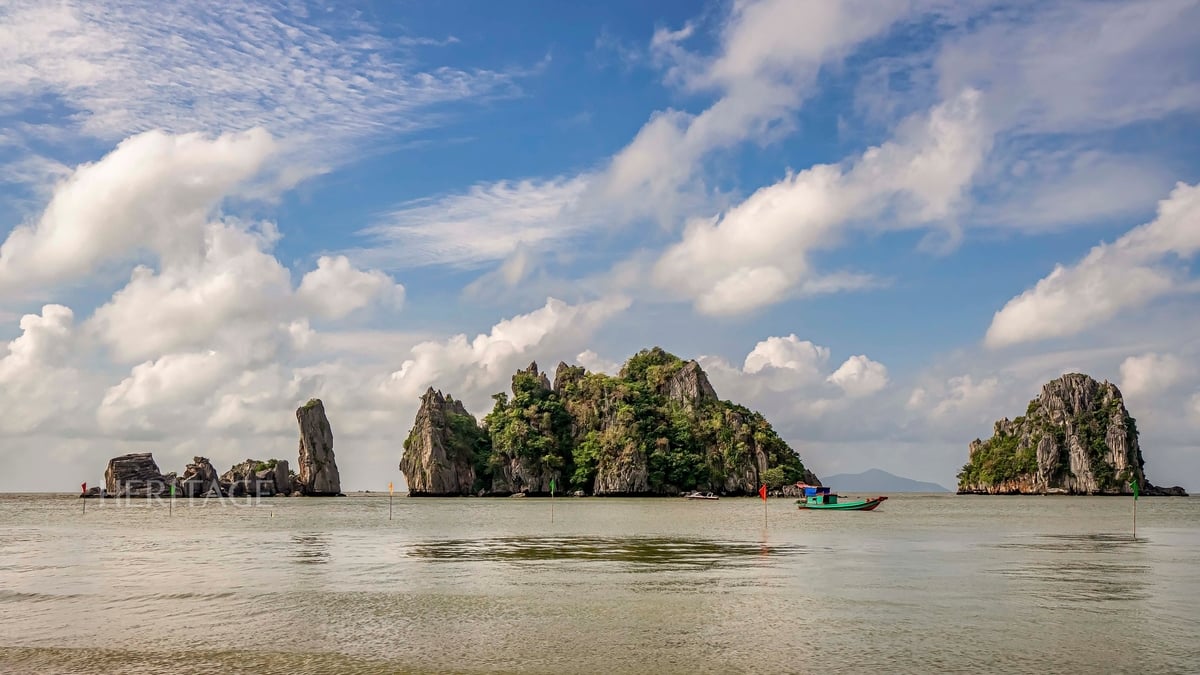








































































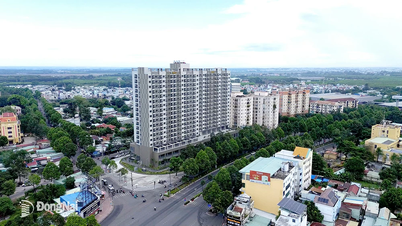

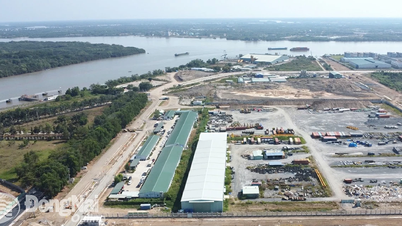

















Comment (0)